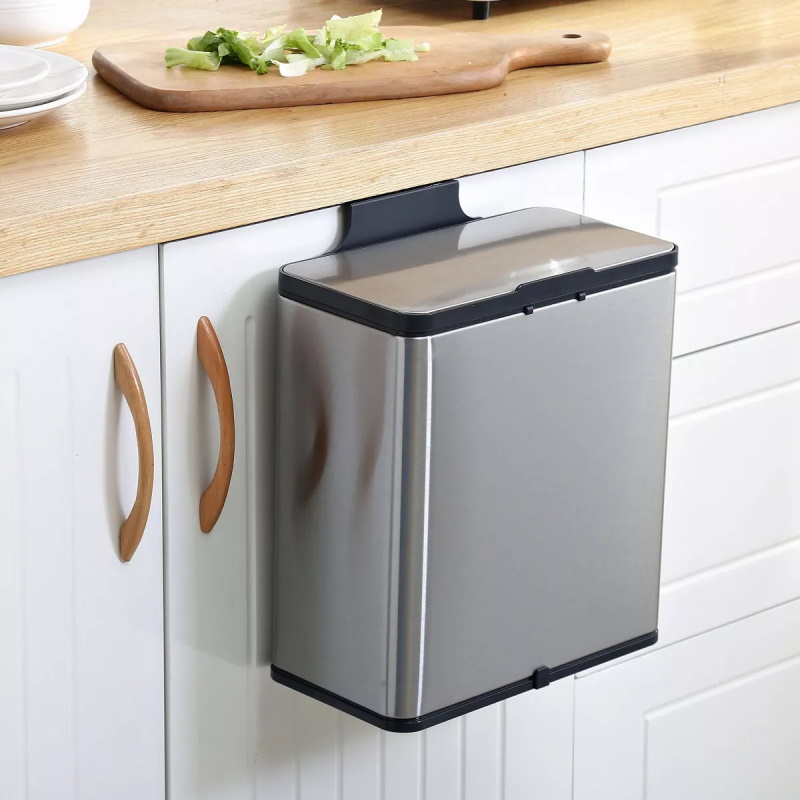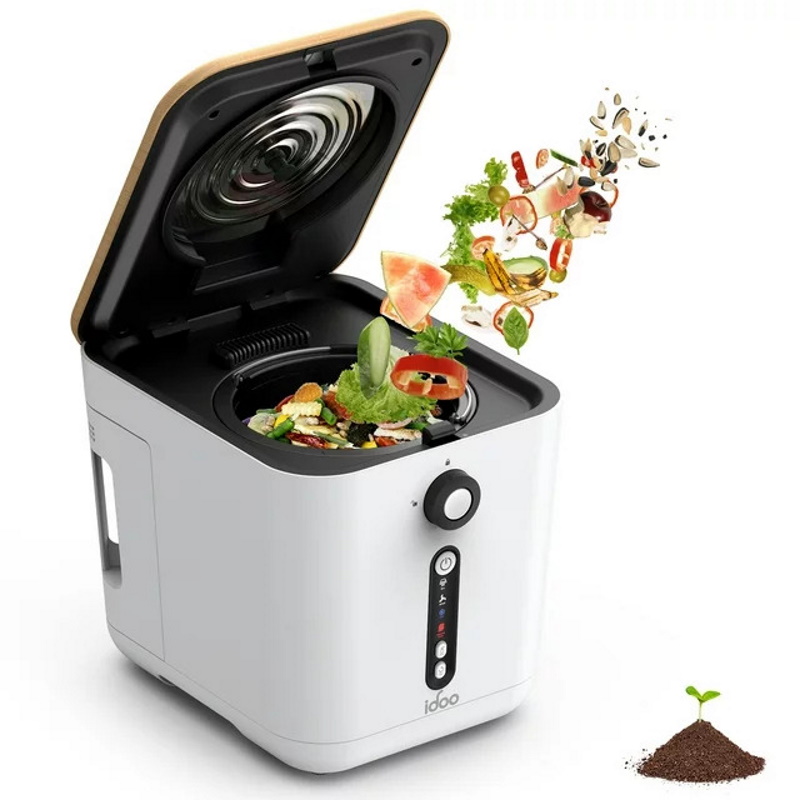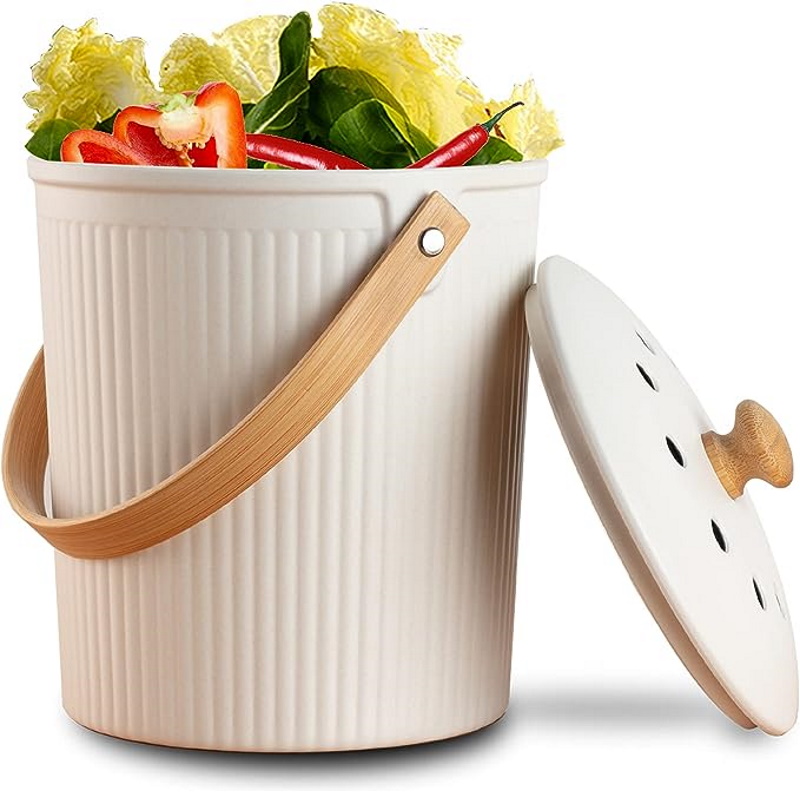Are banana peels good for plants? Experts reveal how to make the most of this everyday food waste in your yard
It's no secret that bananas are high in nutrients, but did you know your plants can also benefit from them?


Every gardener who has dabbled in composting knows that banana peels are a common component to use, but how good for plants are they really?
When making your own compost you want to ensure that what you're using is going to benefit your plants, which is why many use banana peels for the nutrients they have. It's also become quite popular to use banana peel as fertilizer for this reason.
We've asked experts more about how beneficial banana peels are to plant growth, as well as different ways to use them in your yard and garden.
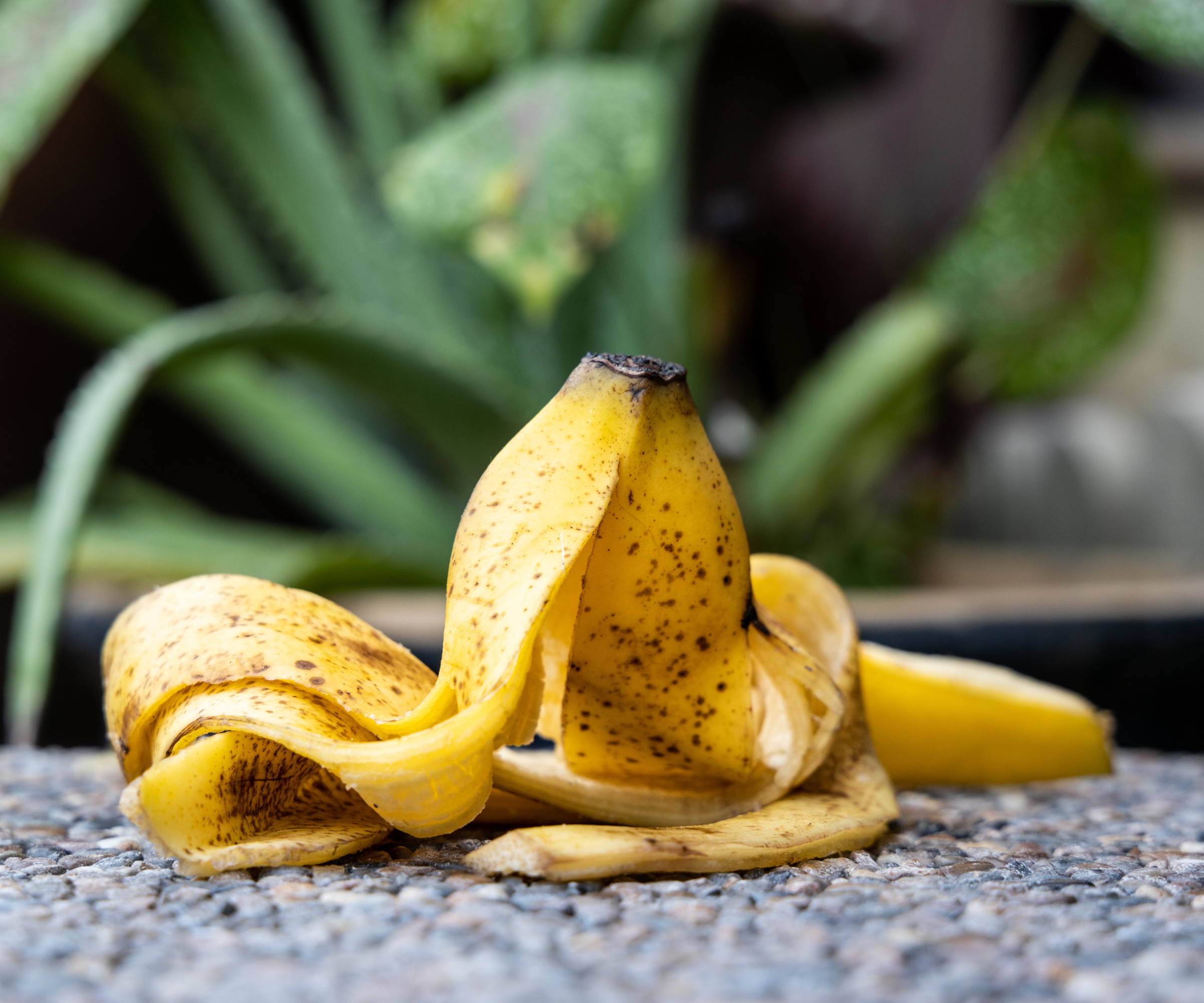
Are banana peels good for plants?
It's no secret that bananas pack a punch in nutrients, making them a valuable element of your five-a-day. But how good are banana peels for plants? Experts have revealed the truth about using them in the backyard and the best ways to do it.

'Banana peels are really beneficial to plants that need a high level of potassium,' says Sally Allsop, founder of All That Grows.
Potassium is one of the essential nutrients plants need to grow. It helps make them more drought-tolerant by enabling them to retain water better. In fact, a lack of potassium can cause more susceptible plants to have discolored foliage.
'Banana peels also contain magnesium, phosphorus and calcium,' notes Julie Bawden Davis, plant expert at Healthy Houseplants. Phosphorus is another essential nutrient that plants need. It aids cell division and new growth.
Design expertise in your inbox – from inspiring decorating ideas and beautiful celebrity homes to practical gardening advice and shopping round-ups.
You will often see plant fertilizer numbers outline the ratio of potassium (K) and phosphorus (P), as well as nitrogen (N). For this reason, banana peels are often a go-to for home gardeners making their own fertilizers and compost.
Something to be aware of, however, is that you can't rely on banana peels alone to provide sufficient nutrients to your plants because it may take some time to fully decompose. Nevertheless, saving your peels from the bin and using them in your backyard is a green way to repurpose kitchen waste and promote plant growth.
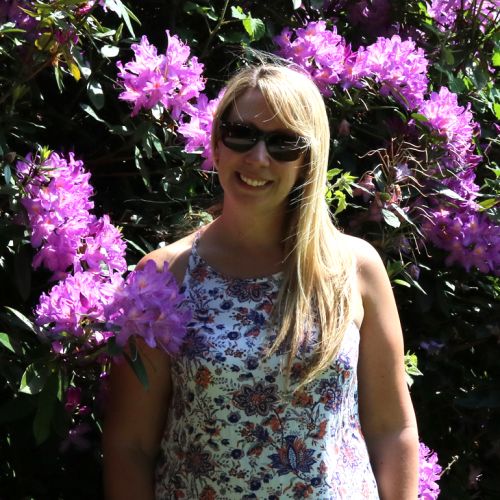
Sally is an avid gardener and founder of the online gardening site All That Grows. She has many years of hands-on gardening experience and a thirst of knowledge about plants and their needs. Sally is passionate about sharing her love for gardening and sharing tips with other gardeners.
How to use banana peels in your yard
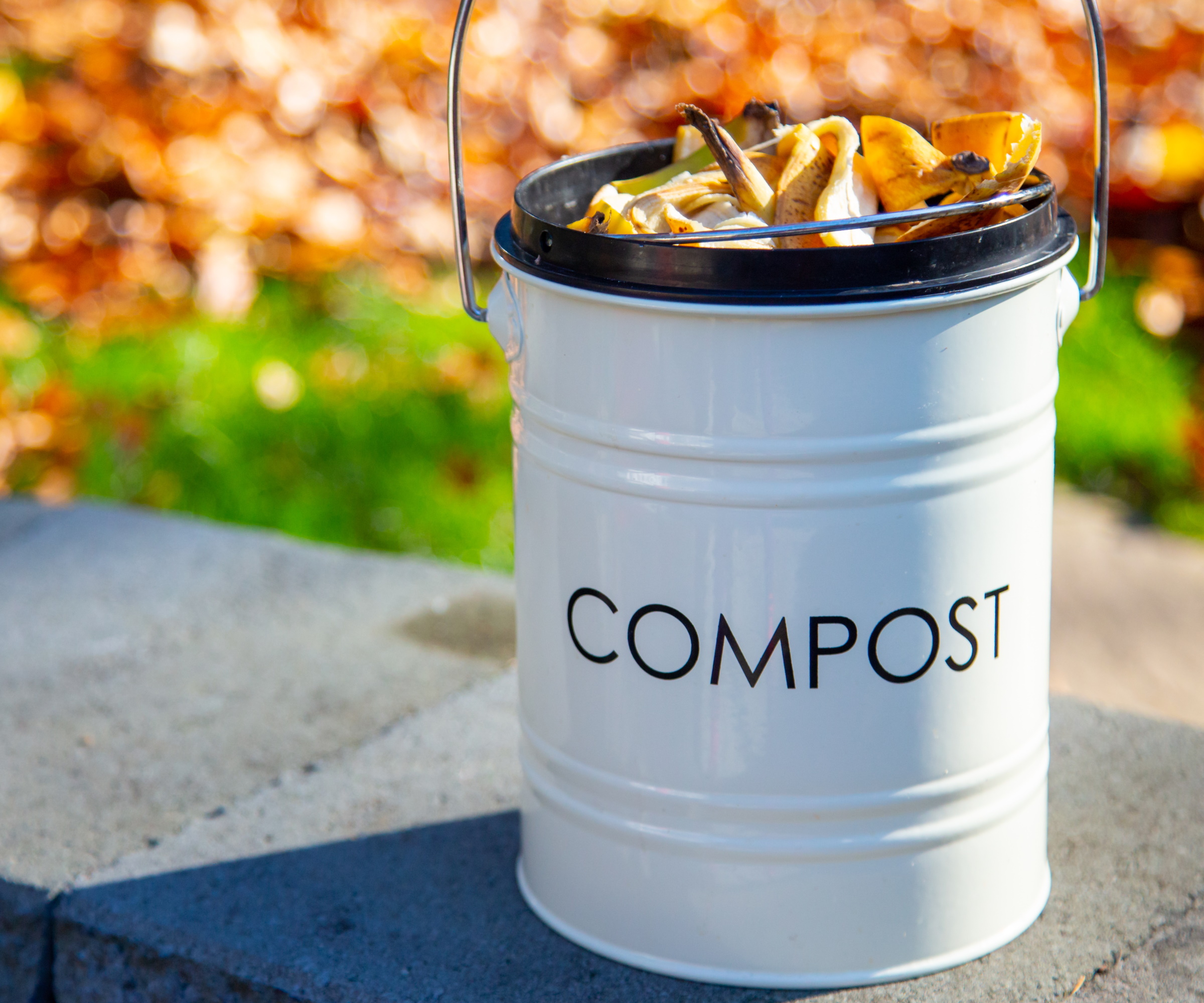
The most obvious way to use bananas in the yard is by adding your peels to your compost heap.
'It takes quite a bit of time for the peels to actually break down if added to the soil and be of any value, hence it being better to compost them,' says Julie.
Julie notes you can either add bananas straight into a compost bin or by using a wormery for compost.
Another common way gardeners use banana peels on plants is by soaking them in water and then using the water on plants.
'You can add the leftover peels to fresh water and leave for a couple of days and it will make the best fertilizer for your tomatoes, chilies, peppers and flowers – particularly roses,' says Sally.
Although, experts warn there are a few things to keep in mind with this method.
'I have made banana peel tea in the past by letting them soak in rainwater for two to three days and then used it to water my pothos plant, it did, however, attract a lot of fungus gnats and other pests,' says Sarah Warner, organic growing expert and farm associate at Case Western Reserve University Farm.
Shop stylish compost bins online
FAQs
Can you use banana peels on indoor plants?
You can use banana peels on houseplants to provide a boost of nutrients. However, be aware that it can take some time for the peel to decompose and it may be unpleasant to have this food waste sitting in your home.
Nevertheless, you may decide to water your best indoor plants with banana peel-soaked water, although experts say this isn't the most effective method of using banana peel to feed plants.
Lots of houseplant owners have also tried using banana peel to wipe houseplant foliage clean and give it a glossy look, as many houseplants reduce dust by capturing it in the air.
It can be beneficial to use banana peels in your yard, but be aware that they will not provide enough nutrients for your plants on their own.
You might want to consider using a range of unusual compost ingredients to give your plants different nutrients to boost growth so they are at their happiest and healthiest.

Tenielle is a Gardens Content Editor at Homes & Gardens. She holds a qualification in MA Magazine Journalism and has over six years of journalistic experience. Before coming to Homes & Gardens, Tenielle was in the editorial department at the Royal Horticultural Society and worked on The Garden magazine. As our in-house houseplant expert, Tenielle writes on a range of solutions to houseplant problems, as well as other 'how to' guides, inspiring garden projects, and the latest gardening news. When she isn't writing, Tenielle can be found propagating her ever-growing collection of indoor plants, helping others overcome common houseplant pests and diseases, volunteering at a local gardening club, and attending gardening workshops, like a composting masterclass.
